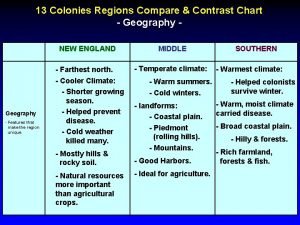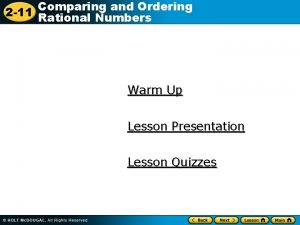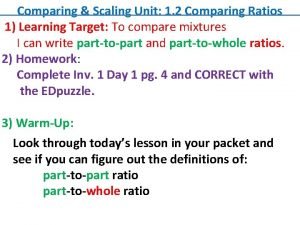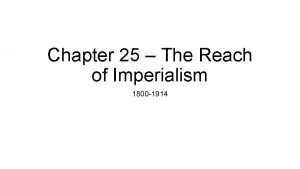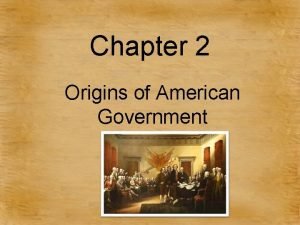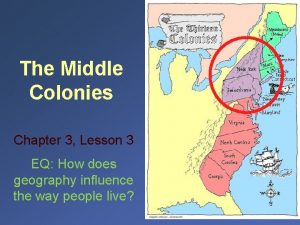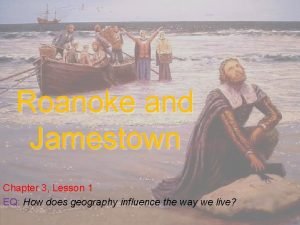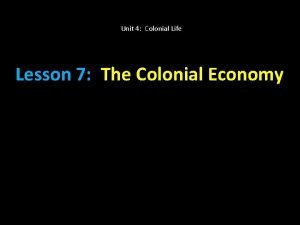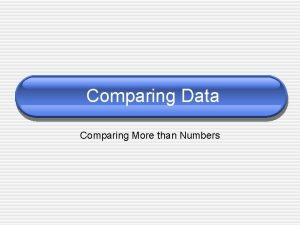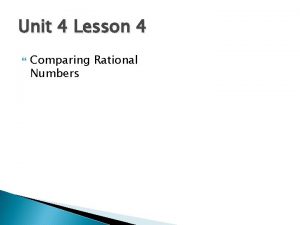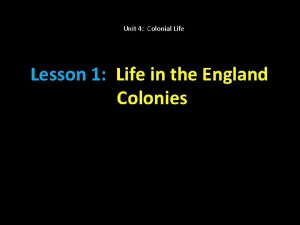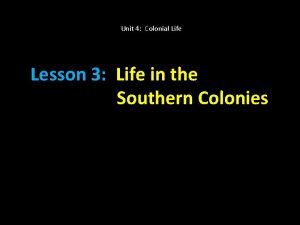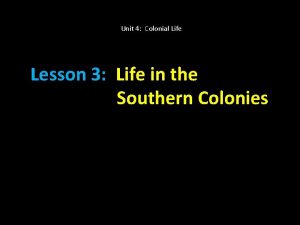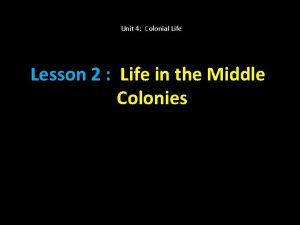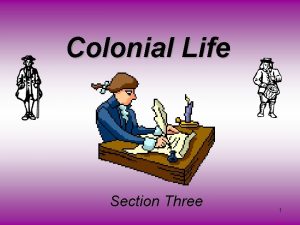Unit 4 Colonial Life Lesson 4 Comparing Colonial













- Slides: 13

Unit 4: Colonial Life Lesson 4: Comparing Colonial Regions

Early Settlements Push and Pull factors History Economic Activities Natural Resources Economics Geography Comparing the Colonial Regions Types of jobs and types of workers Climate Culture Civics Organization of government Education Religion Political Power

New England Other Dried fish and whale oil Wood Products Iron Wood Products Livestock Grain Middle Major Regional Exports Other Indigo Tobacco Bread, Flour, Grain Rice Southern


Population of the Colonies – 1750 Southern Colonies: 44% New England Colonies: 31% Middle Colonies: 25%

Culture Economics Civics/ Government Geography History New England Middle Southern

New England Geography Rocky soil and fairly short growing season Important resources: trees, sea Settlements developed along rivers Middle Southern Long growing season and rich soil Many rivers Forests Tidewater region along the coast Good soil for cash crops Many good harbors Fertile river valleys

New England Civics/ Government Mayflower Compact Middle Town meetings were important Puritan laws were strict Each colony had a governor and assembly William Penn set up a Frame of Government for Pennsylvania Southern Wealthy planters had most of the political power Each colony had a governor and assembly House of Burgesses Each colony had a governor and assembly

Economics New England Fishing, whaling, trading Over time manufacturing became important Middle Most people were farmers Grain crops were important Called the “Breadbasket” Mills were important Southern Known for its large plantations Main crops were tobacco, rice, and indigo Dependent on slave labor

New England Education was important Many towns had schools Puritan religion was important Many different people and many different religions Schools run mainly by churches Culture Middle Town structure was similar Market towns were important Southern Fewer towns Fewer schools Tutors for children of planters Religion did not play as big of a role

New England Colonies Town Meetings Mainly English Importance of Religion Importance of port cities Tobacco and rice Diverse population Importance of Agriculture Middle Colonies Southern Colonies

MAKING GENERALIZATIONS TO EXPLAIN REGIONAL DIFFERENCES • Regional differences were the result of differences in climate. • Regional differences were the result of differences in natural resources. • Regional differences were the result of differences in economic activities. • Regional differences were the result of differences in early settlement patterns. • Regional differences were the result of cultural differences.

 Physical geography of the new england colonies
Physical geography of the new england colonies Lesson 8: comparing series and parallel rlc circuits
Lesson 8: comparing series and parallel rlc circuits Lesson 8: comparing series and parallel rlc circuits
Lesson 8: comparing series and parallel rlc circuits Is 3/10 rational or irrational
Is 3/10 rational or irrational Comparing and ordering integers
Comparing and ordering integers Lesson 3-3 comparing and ordering rational numbers
Lesson 3-3 comparing and ordering rational numbers Comparing and scaling unit test
Comparing and scaling unit test Chapter 25 lesson 2 empire building in africa
Chapter 25 lesson 2 empire building in africa Chapter 2 lesson 1 government in colonial america
Chapter 2 lesson 1 government in colonial america Chapter 4 lesson 1 colonial economy
Chapter 4 lesson 1 colonial economy Lesson 3 the middle colonies
Lesson 3 the middle colonies Chapter 3 lesson 1 roanoke and jamestown
Chapter 3 lesson 1 roanoke and jamestown Chapter 3 lesson 1 roanoke and jamestown
Chapter 3 lesson 1 roanoke and jamestown Hyp opp adj triangle
Hyp opp adj triangle
